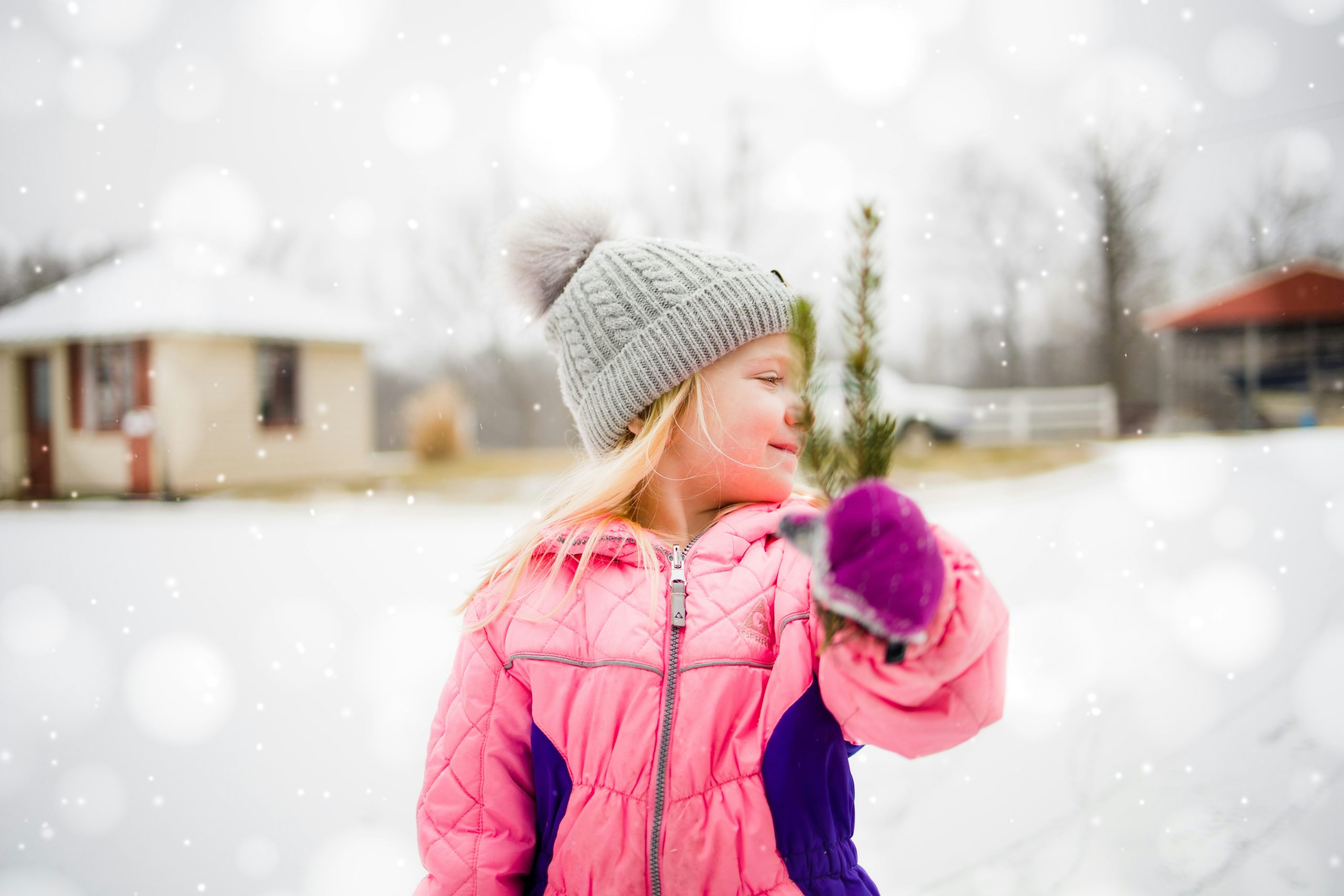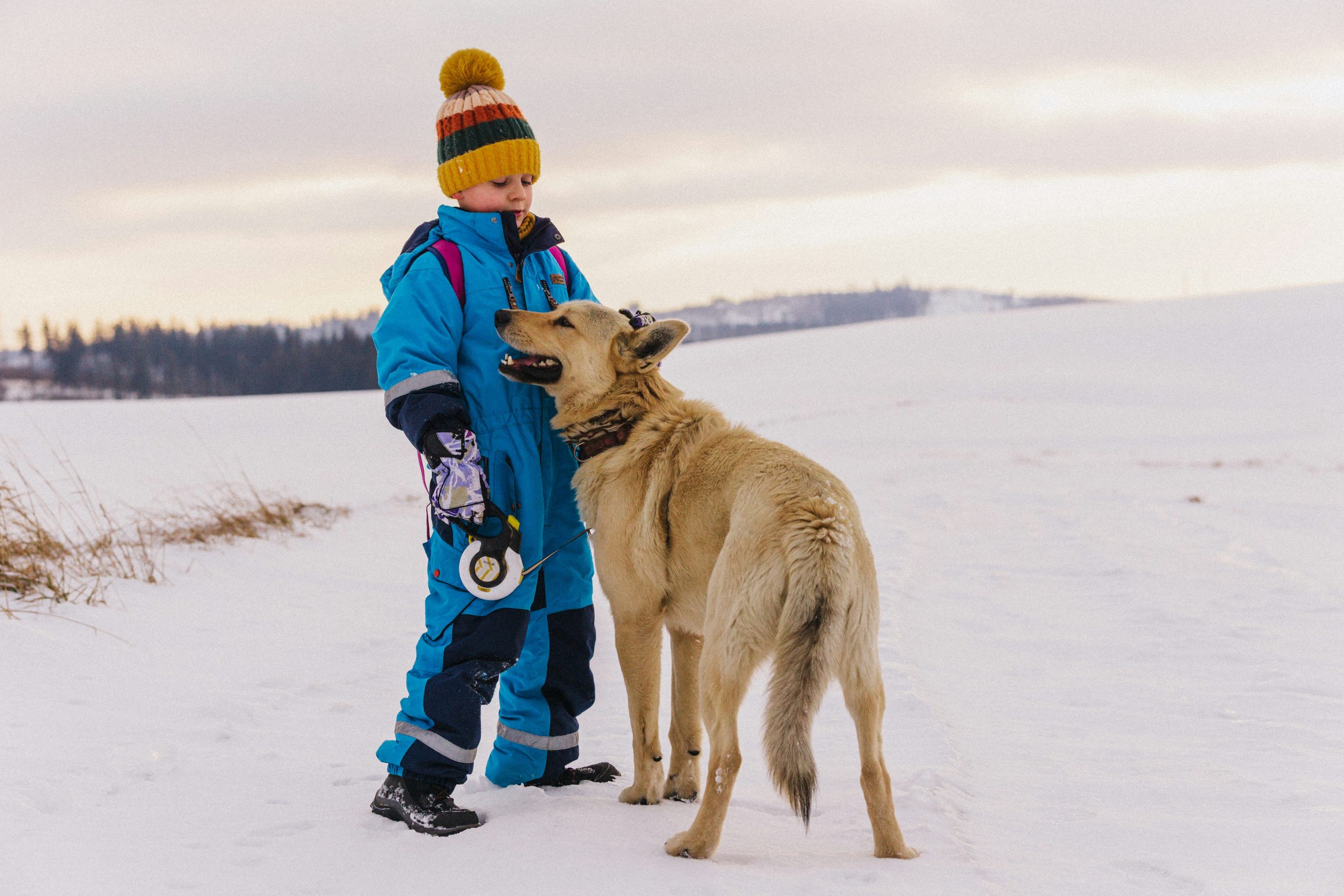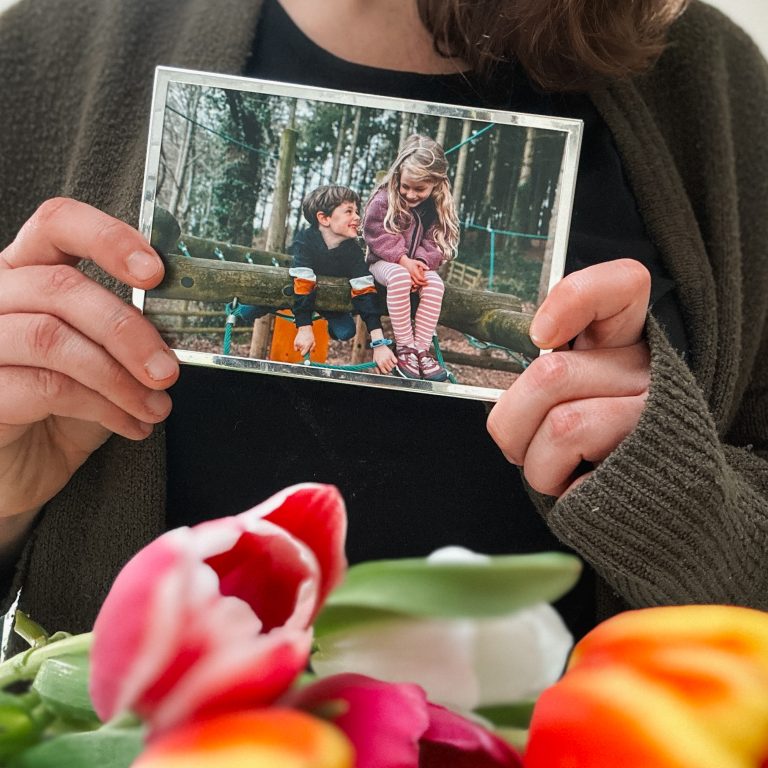Shopping for children is notoriously challenging, and once winter arrives, the list of clothing essentials to beat the frosty weather is seemingly endless. But the reality is a versatile and functional winter wardrobe for children isn’t as complicated as it seems.
From warm insulating jackets and cozy Merino wool socks to robust winter boots and protective kid’s rain boots by Melissa, investing in the right pieces will ensure your child is well protected from harsh winter weather without you needing to break the bank.

Winter Coats & Jackets
Insulated jackets are typically the warmest winter clothing. When selecting the best option, you usually need to decide between down jackets and synthetic insulation. Down jackets are naturally derived, traditionally offer unmatched warmth, are lightweight, and are easy to pack for travel. For wet climates, investing in a slightly more expensive water-resistant option will ensure you stay warm and dry throughout your activities.
On the other hand, synthetic insulated jackets are more affordable than down jackets and offer fantastic insulation even when wet. Some of the highest-quality synthetic jackets are close to down in warmth but also in price.
Consider purchasing a 3-in-1 jacket for a clothing option that covers all your bases. These jackets combine a waterproof outer shell made with breathable fabrics with an insulated liner. The liners are often made with fleece or have a down or synthetic fill. They are arguably the most versatile jacket option for kids, as they can wear each piece separately or together.
Pants
Winter pants are usually made from the same materials as winter jackets and can be divided into four main categories. Like insulated snow jackets, snow pants usually feature a wind—and/or water-resistant outer shell with an insulating fill inside.
Snow bibs or overalls are a warmer alternative to snow pants because they cover more of the body to provide better core warmth. This extended coverage works well to keep out wet, slushy snow when playing outside.
Fleece pants, like fleece jerseys, provide moderate warmth for cooler days. They do not adequately protect against steady rain, wind, or snow, but they can be worn under rain or snow pants for extra protection.
Lastly, rain pants provide an excellent outer layer of protection on wet and windy days. However, similar to rain boots, they typically don’t offer the best insulation and must be paired with warmer fleece or wool options.

Socks
Clothing experts recommend warming your children’s feet with Merino wool socks that extend to at least the mid-calf region. Select a pair with wool mixed with polyester and spandex, as the added stretch will ensure the socks properly grip the feet for a comfortable fit.
Furthermore, Merino wool has excellent moisture-wicking properties that effectively combat sweat, rain, and other moisture, making it perfect for year-round use. Alternatively, for days spent frolicking in the snow, thicker wool socks that reach past the calf are fantastic for wearing under snow boots, as the material is warmer, more durable, and is typically available in a variety of different thicknesses.
Footwear
The best footwear investment you can make for cold, slippery, and snowy conditions is good-quality, robust winter boots. Opt for a pair that is completely waterproof and fully insulated, with a rugged sole that will keep your children well-protected for both daily wear and winter hiking. When selecting the correct size, ensure you factor in extra space to accommodate thick wool socks.
Rubber rain boots are a fantastic option for outdoor walks during wet winter weather. They keep your child dry and protect against any tempting puddle you may pass. However, they are less effective in keeping feet warm unless you purchase insulated rain boots. Additionally, the rubber sole may become slippery or stuck when walking through mud or wet vegetation, so it may be best to stick to tarred roads or paved sidewalks.

Buying Tips
When purchasing winter clothing, it is crucial to consider the type of winter climate you live in. If your region typically experiences lots of rain, moisture management will be an essential factor. Synthetic materials tend to handle moisture better than other materials, while waterproof outer shells and breathable styles will be worth the extra cost. Alternatively, cold and dry climates can bring severe freezing temperatures, for which puffy down jackets and insulated mittens are ideal.
You will also need to consider your kids’ activity levels. If you plan to take many winter hikes, your body will naturally generate continuous warmth, so heavy and bulky jackets and pants will not be necessary. However, in mixed situations, like sledding down a hill, warmer insulation will be needed to maintain proper warmth during the downtimes.
The most effective way to stay warm during winter is to dress in layers. The same outdoor strategy should be applied to your children. Begin with a moisture-wicking base layer, then mix and match warmer layering pieces that can be added and removed as conditions change. Be sure to purchase an outer layer jacket or coat that comfortably accommodates the extra layers.
Finally, make sure that everything properly fits before the cold weather arrives. There are very few things in fashion that are more confusing than kids’ sizing. And brands tend to vary significantly when it comes to how their clothing fits. Regardless of where you shop, try everything on as soon as you get it home to guarantee it is ready to go once the season rolls around.









No Comments